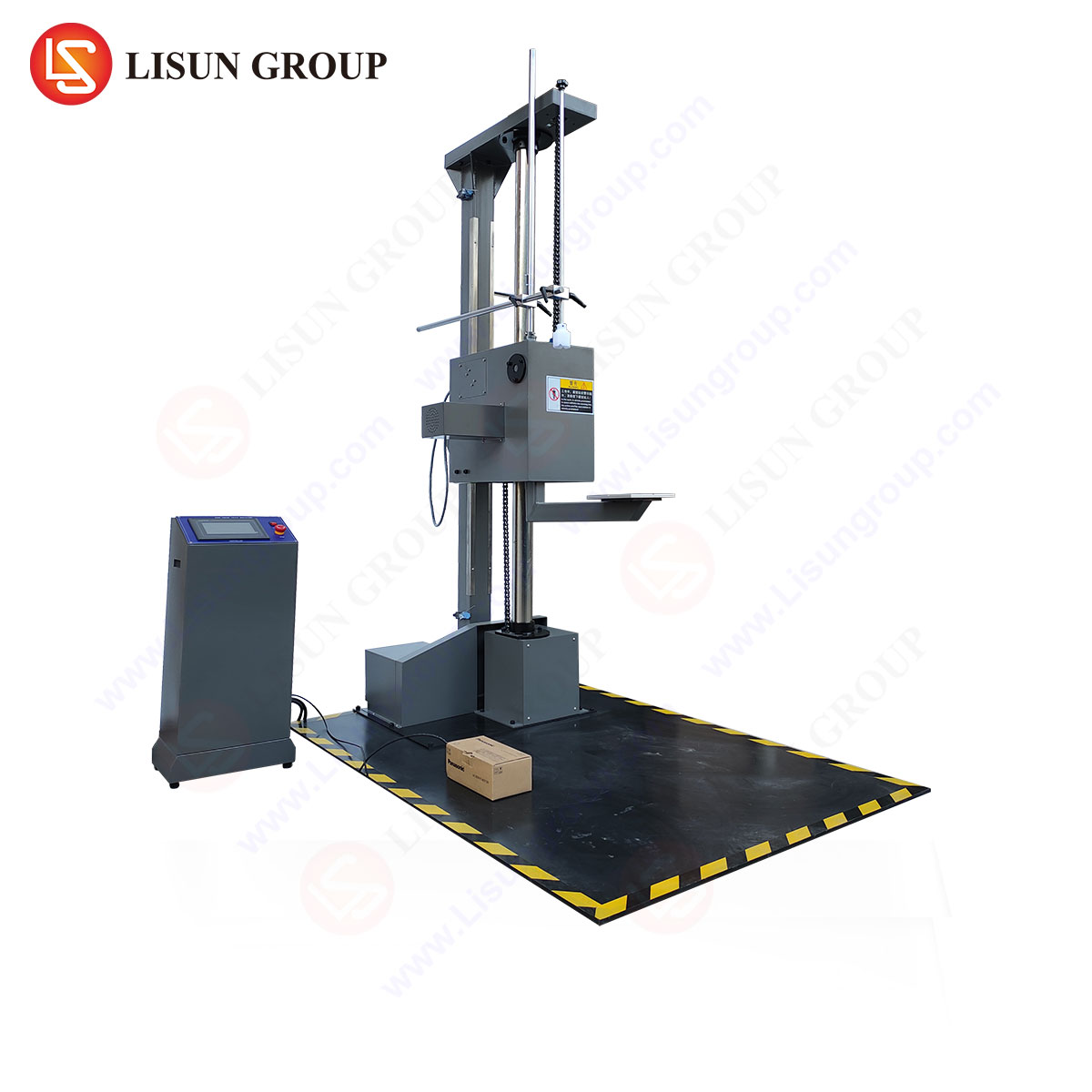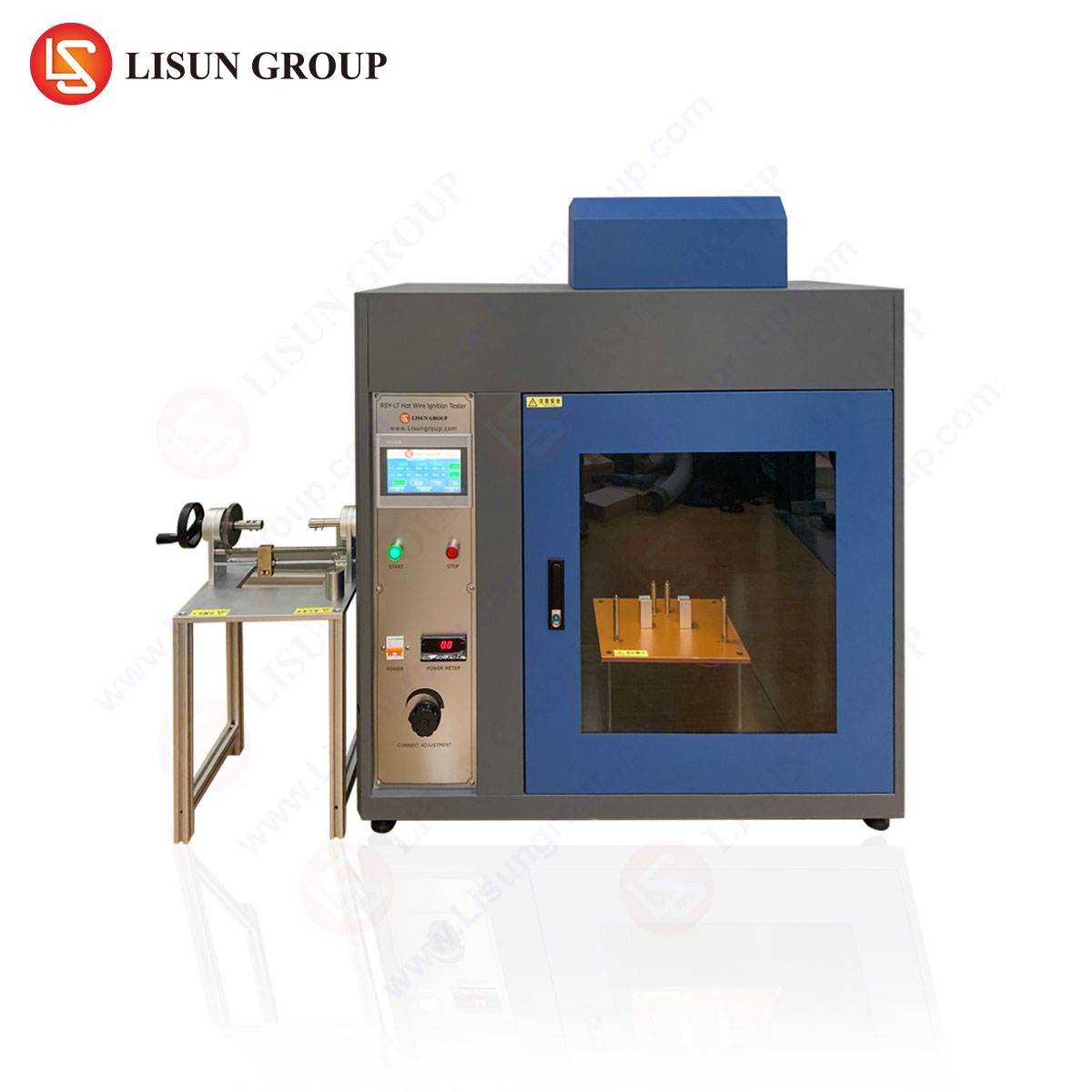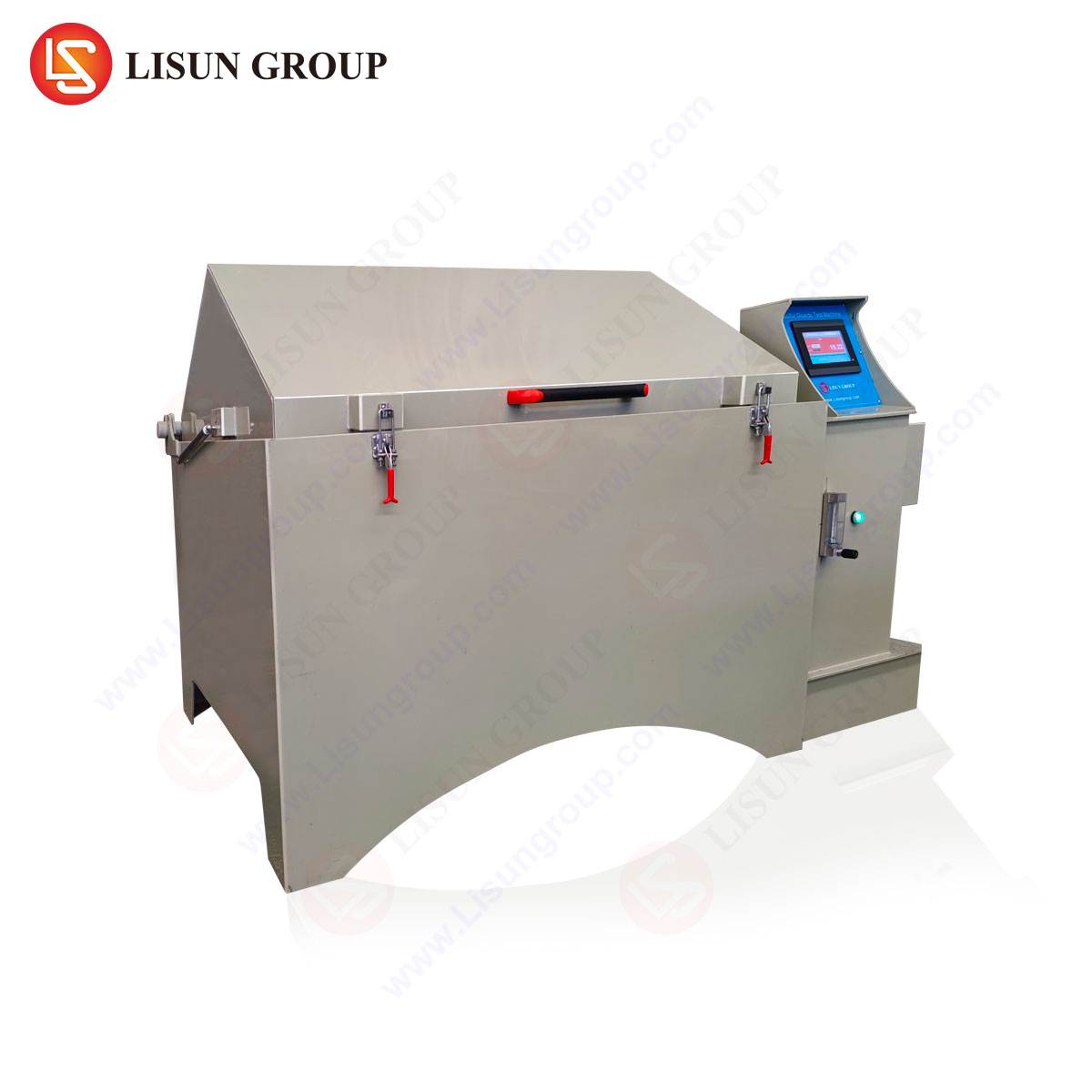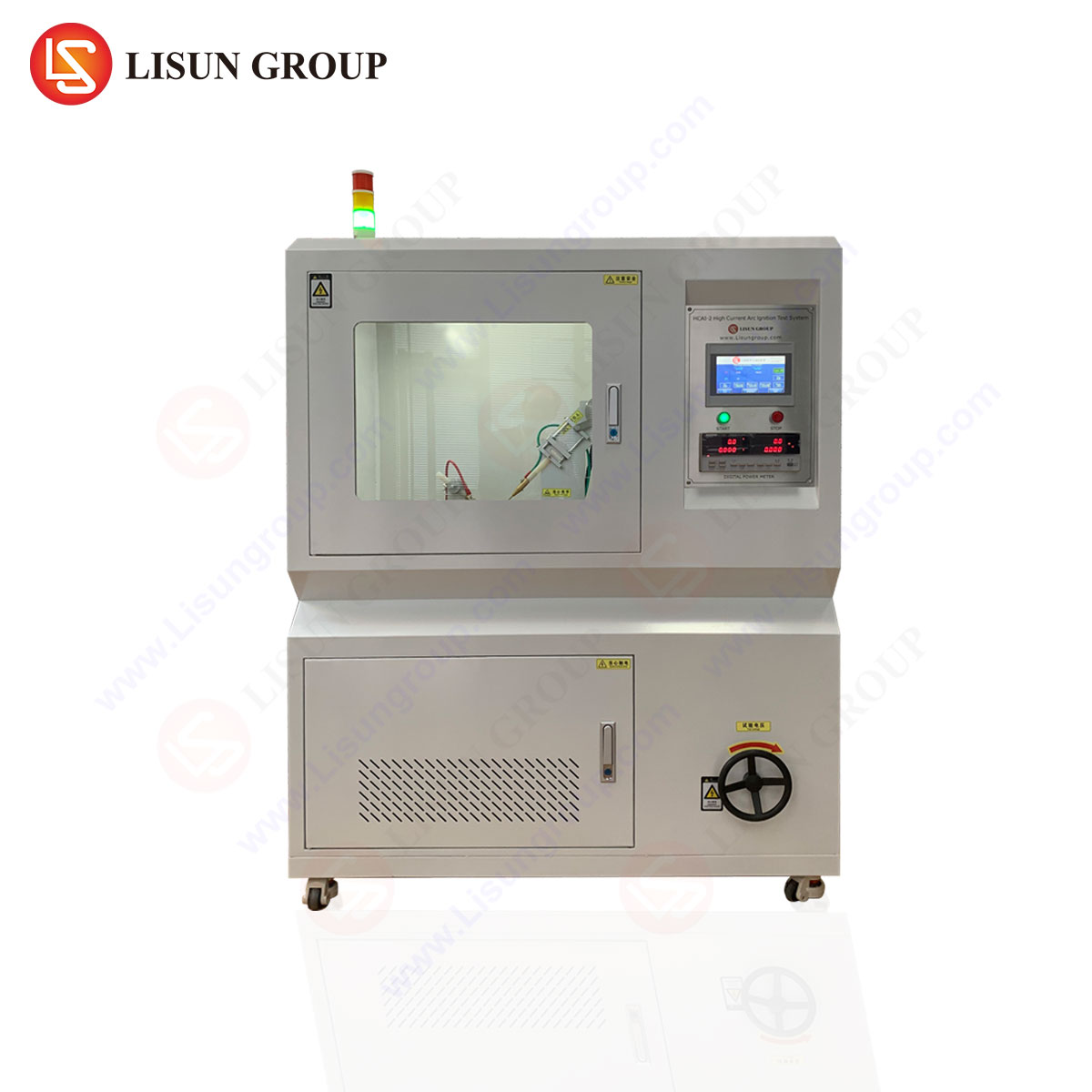Optical Characterization of Transparent and Translucent Materials: Principles of Haze and Transmittance Measurement
The quantitative assessment of optical properties in transparent and translucent materials is a critical quality control parameter across a vast spectrum of industries. Two of the most fundamental metrics in this domain are total luminous transmittance and haze. Total transmittance quantifies the proportion of incident light that passes through a material, while haze characterizes the percentage of transmitted light that deviates from the incident beam by more than 2.5 degrees due to forward scattering. This scattering is induced by surface imperfections, internal inhomogeneities, or embedded particulates. Precise measurement of these properties is not merely an academic exercise; it is essential for ensuring product performance, safety, and user experience. The Haze Light Transmission Meter represents the specialized instrumentation designed for this exacting task, operating on well-established optical principles to deliver quantifiable, repeatable data.
The underlying testing principle integrates the concepts of integrating spheres and precision photodetectors. An incident light beam of known spectral characteristics, typically conforming to CIE Standard Illuminant C or D65, is directed onto a sample. The total transmitted light is collected by an integrating sphere, a hollow spherical cavity with a highly reflective, diffuse coating that ensures multiple reflections to produce a uniform irradiance at the sphere’s wall. A photodetector, positioned at a specific port on the sphere, measures this integrated flux, yielding the value for total luminous transmittance (Tt). To isolate the haze component, a light trap is employed to absorb the specular (non-deviated) beam. The subsequent measurement captures only the diffuse transmitted light (Td). Haze is then calculated as (Td / Tt) * 100%. This methodology, standardized in ASTM D1003 and ISO 14782, provides the foundational framework for all compliant haze meters.
Instrumentation Architecture of the HM-100 Haze and Turbidity Meter
The LISUN HM-100 Haze Meter/Turbidity Meter exemplifies a modern implementation of these optical principles, engineered for laboratory-grade accuracy and industrial robustness. Its architecture is designed to minimize systematic error and maximize measurement reproducibility. The system is built around a high-efficiency, coated integrating sphere that ensures optimal light diffusion and collection. A stable, long-life LED light source, calibrated to CIE Standard Illuminant C, provides consistent illumination, a critical factor for repeatable measurements over time. The device utilizes a high-sensitivity silicon photodetector coupled with a precision V(λ) filter, which corrects the detector’s spectral response to match the CIE standard photopic luminosity function, ensuring that measurements are perceptually relevant to human vision.
The instrument’s design incorporates a dual-beam compensation system. This advanced feature employs a reference beam to monitor and compensate for fluctuations in the light source’s intensity, as well as potential drifts in electronic circuitry or environmental conditions. This real-time compensation significantly enhances long-term stability and data reliability, distinguishing it from simpler, less stable single-beam designs. The sample stage is engineered for precise, repeatable positioning, which is crucial as minor variations in sample placement can introduce significant measurement variance. The HM-100’s software automates the calibration sequence using pre-supplied standard calibration plates, ensuring the instrument remains in a state of metrological traceability with minimal operator intervention. The user interface, typically consisting of a color touchscreen, provides intuitive control over measurement parameters and facilitates direct readout of all key values, including total transmittance (Tt), haze, and spectral transmittance data.
Quantitative Performance Specifications of the HM-100 System
The technical proficiency of any measurement instrument is defined by its specifications. The HM-100 is characterized by a set of performance parameters that delineate its operational envelope and accuracy.
- Measurement Parameters: It simultaneously provides data for Haze (H), Total Luminous Transmittance (Tt), and Parallel Transmittance (Tp).
- Measurement Geometry: The system adheres to the CIE (Commission Internationale de l’Eclairage) standard recommendation, employing a diffuse illumination with unidirectional reception, a configuration that aligns with international standards.
- Light Source: A long-life, high-stability LED source, color-matched to CIE Illuminant C.
- Detector System: A high-sensitivity silicon photodiode with a precision V(λ) correction filter.
- Measurement Range: Haze: 0 to 100%; Transmittance: 0 to 100%.
- Accuracy: For haze, the instrument boasts an accuracy of ≤0.5% for low-haze standards (under 2%) and ≤1.0% for higher haze values. Transmittance accuracy is specified at ≤1.0%.
- Repeatability: This is a critical parameter for quality control, defined as ≤0.5% for haze and ≤0.5% for transmittance, indicating excellent consistency for consecutive measurements on the same sample.
- Sample Aperture: The standard aperture size is configured for 20mm, suitable for a wide range of product samples, with optional sizes available.
- Interface: A large color touchscreen provides the primary user interface, with data output capabilities via RS-232 or USB for connection to Laboratory Information Management Systems (LIMS) or standard PC software.
These specifications collectively define an instrument capable of discerning minute variations in material clarity, a requirement for high-stakes manufacturing and R&D environments.
Applications in High-Stakes Manufacturing Sectors
The ability to quantitatively assess haze and transmittance is indispensable across numerous industries where material clarity directly impacts functionality, safety, and aesthetics.
Automotive Electronics and Cockpit Displays: In the automotive sector, the proliferation of touchscreens, heads-up displays (HUDs), and instrument clusters demands stringent optical control. A polycarbonate cover lens for a central infotainment screen must exhibit high total transmittance to ensure display brightness and low haze to guarantee legibility and avoid a “milky” appearance under direct sunlight. The HM-100 provides the quantitative data needed to validate supplier materials and ensure in-vehicle display systems meet ergonomic and safety standards.
Aerospace and Aviation Components: The requirements for transparency in aerospace are even more rigorous. Canopy polycarbonates, cabin window laminates, and interior lighting diffusers must withstand extreme environmental conditions while maintaining their optical integrity. High haze in a cabin window can scatter light from external ground lighting or the sun, potentially causing pilot discomfort or glare. The HM-100’s high accuracy is utilized to certify that these critical components maintain their specified clarity throughout their service life.
Medical Devices and Diagnostic Equipment: For medical devices, optical properties can be a matter of diagnostic accuracy. Lenses for endoscopic cameras, protective windows on laser systems, and light guides for surgical illumination must have exceptionally high transmittance and minimal haze to ensure a clear, undistorted view or precise light delivery. Any forward scattering (haze) could reduce image contrast or deliver incorrect illumination levels, impacting procedural outcomes. The meter’s repeatability is essential for validating the consistency of these disposable or reusable medical components.
Lighting Fixtures and Luminaire Design: In lighting, the efficiency and quality of illumination are paramount. Diffusers used in LED panels, streetlights, and architectural fixtures are designed to manage haze deliberately. The HM-100 allows designers to precisely quantify the diffusing effect, balancing the reduction of glare (requiring higher haze) against the preservation of luminous efficacy (requiring high transmittance). This data is critical for optimizing the design to meet specific Illuminating Engineering Society (IES) guidelines and energy efficiency standards.
Consumer Electronics and Displays: The screens on smartphones, tablets, and laptops are subject to intense consumer scrutiny for visual quality. The optical adhesive layers, polarizer films, and cover glass all contribute to the overall system transmittance and haze. A low-haze value is directly correlated with high display contrast and color vibrancy. Manufacturers use instruments like the HM-100 to perform incoming quality inspection on optical films and to verify the final assembly’s optical performance against design targets.
Electrical Components and Insulating Materials: While not always visual, many insulating polymers and epoxy encapsulants used in switches, sockets, and electrical components require specific transmittance properties. For instance, a translucent relay housing might allow for visual inspection of an internal indicator, or a light-pipe in an industrial control system must efficiently transmit a status LED’s light with minimal attenuation and scattering. The HM-100 provides the empirical data to ensure these components function as intended within the larger system.
Compliance and Standardization in Material Testing
Adherence to international standards is a non-negotiable aspect of material testing, ensuring that data is comparable and reproducible across different laboratories and supply chains. The HM-100 is engineered to comply with a suite of critical standards, including ASTM D1003 (“Standard Test Method for Haze and Luminous Transmittance of Transparent Plastics”) and ISO 14782 (“Plastics — Determination of haze for transparent materials”). Furthermore, its conformance to JIS K 7105 and JIS K 7361 underscores its applicability in global markets. This standards-based approach provides manufacturers with the confidence that their quality control processes will be recognized and accepted by their customers and regulatory bodies worldwide. The instrument’s calibration process is traceable to national metrology institutes, forming an unbroken chain of measurement certainty that is vital for audit and certification purposes.
Comparative Analysis of Measurement Methodologies
While the integrating sphere method is the definitive technique for haze measurement, alternative, less sophisticated methods exist, such as simple transmission comparison. These alternatives, however, are fraught with limitations. They are highly susceptible to errors from source instability, detector sensitivity, and sample positioning. They often fail to properly separate the specular and diffuse components of the transmitted light, leading to inaccurate haze readings. The dual-beam, integrating sphere architecture of the HM-100 effectively negates these variables. The compensation provided by the reference beam ensures data stability, while the sphere itself guarantees a geometrically accurate collection of all transmitted light, both specular and diffuse. This results in a level of precision and repeatability that is unattainable with simpler optical setups, justifying its position as the benchmark for formal material qualification.
Frequently Asked Questions (FAQ)
Q1: How often should the HM-100 Haze Meter be calibrated, and what is the process?
For optimal accuracy, it is recommended that the instrument be calibrated annually or as dictated by the user’s quality control protocol. The process involves using the certified calibration standards supplied with the instrument. The HM-100’s software guides the user through a simple procedure of measuring the “zero” (light trap) and “100% transmittance/haze” standards. The instrument’s firmware then automatically adjusts its internal coefficients to restore its measurement accuracy to factory specifications.
Q2: Can the HM-100 measure colored transparent films, or is it only for clear materials?
Yes, the HM-100 is fully capable of measuring colored transparent and translucent materials. The V(λ) filter in the detection system ensures that the measurements of total luminous transmittance are photopically correct, meaning they account for the human eye’s sensitivity to different wavelengths. This provides an accurate assessment of how much visible light is transmitted, regardless of the sample’s color. The haze measurement remains valid as it is a ratio of diffuse to total transmittance.
Q3: What is the maximum thickness of a sample that can be tested with this instrument?
The primary limitation is not thickness but the size of the sample chamber. The HM-100 is designed to accommodate samples that can be placed flush against the instrument’s sample port. As long as the sample can be properly seated against the 20mm (or other specified) aperture, materials of various thicknesses, from thin films to thick plastic plates, can be measured. However, extremely thick samples may require verification that the incident light beam can fully penetrate the material.
Q4: How does surface cleanliness affect the measurement results?
Surface cleanliness is critically important. Fingerprints, dust, oils, or micro-scratches on the sample surface will act as scattering centers, artificially increasing the measured haze value and potentially decreasing the total transmittance. For reliable and reproducible results, samples must be meticulously cleaned using appropriate solvents and lint-free wipes immediately prior to testing, and handled with clean gloves thereafter.
Q5: In the context of turbidity mentioned in the product name, what does the HM-100 measure?
While “haze” typically refers to the scattering of light in solid materials like plastics, “turbidity” is the analogous concept for liquids, describing the cloudiness or clarity of a fluid caused by suspended particles. The HM-100 can be used for turbidity measurement by employing a special liquid specimen holder. The same optical principle applies: suspended particles scatter the transmitted light, and the instrument quantifies this scattering as a haze percentage, which can be correlated with standard turbidity units (such as NTU – Nephelometric Turbidity Units) for liquid quality assessment.






